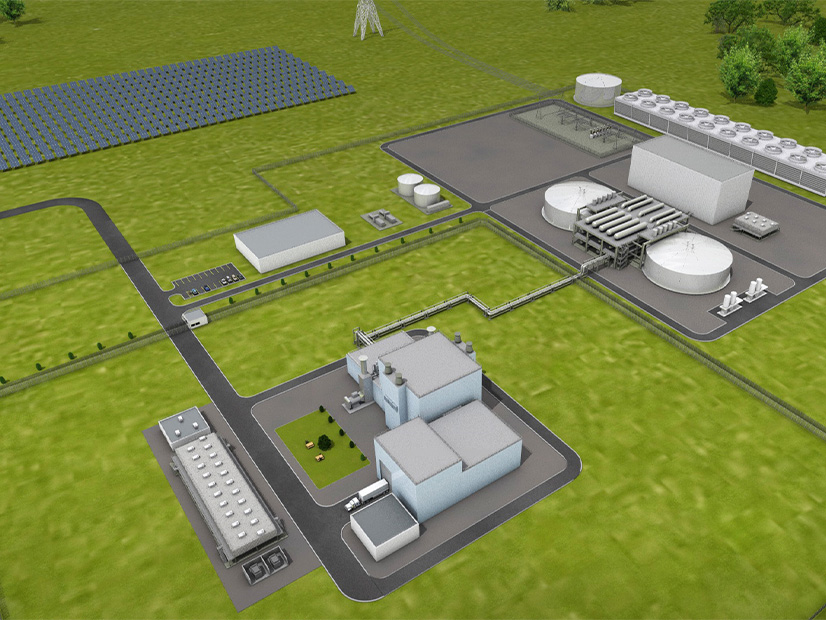
Ohio lawmakers appear to be on track to create a nuclear development authority that would promote the state as a center for companies seeking to develop small modular and other advanced reactors and engage in related nuclear research.
The effort stems from House Bill 434, which was introduced in September 2021, approved by the Ohio House on a 75-to-18 vote in May and referred to the Senate. Backers of the bill testified Tuesday before the Senate Energy and Public Utilities Committee.
Proponents contended that the federal agencies that have dominated expensive nuclear research and development will in the future look to interact with state authorities that organize R&D efforts to attract entrepreneurial nuclear research companies such as TerraPower, which was founded by Microsoft co-founder Bill Gates.
The Washington-based company is focusing on the development of reactors cooled by molten chloride salt, a technology pioneered decades ago at Oak Ridge National Laboratory but abandoned when light-water reactors proved more practical to build given the technology of the day. Proponents of the new authority cited the reactor design as the kind of advanced technology that Ohio ought to be attracting.
William Thesling, an electrical engineer and lifelong Ohio resident, singled out molten salt reactors in his testimony.
“A goal of House Bill 434 is to make Ohio a leading state in advanced nuclear technology research, development and commercialization,” Thesling said.
“This has some enormous long-term benefits for Ohio as a manufacturing state,” he said. “There has been much advancement in materials technology, digital controls, sensors, instrumentation and computer modeling over the past several decades. These gains in technology have allowed us to revisit old technologies that were previously considered to be not viable. Nowhere is revisiting an old technology more compelling than molten salt reactor technology that was abandoned in the early 1970s largely for political reasons.”
Other proponents argued that U.S. Department of Energy and the Nuclear Regulatory Commission would, under a provision in the 1954 Atomic Energy Act, be obligated to work with a state authority such as what Ohio intends to create.
A spokesman for the NRC had no immediate comment other than that the agency does not normally comment on state issues. A DOE spokesperson could not be reached.
The next hearing by the Senate committee, which has not yet been announced, will focus on opposing testimony.
HB 434 is the work of Rep. Dick Stein (R), who argued that there has been a change in public sentiment about new nuclear technologies.
“In recent years, there has been a global shift in attitudes toward the development of new nuclear technologies to deploy scalable clean energy,” Stein said in a prepared statement. “This legislation will bring Ohio to the forefront of advanced nuclear innovation and strengthen our domestic supply chains.”

